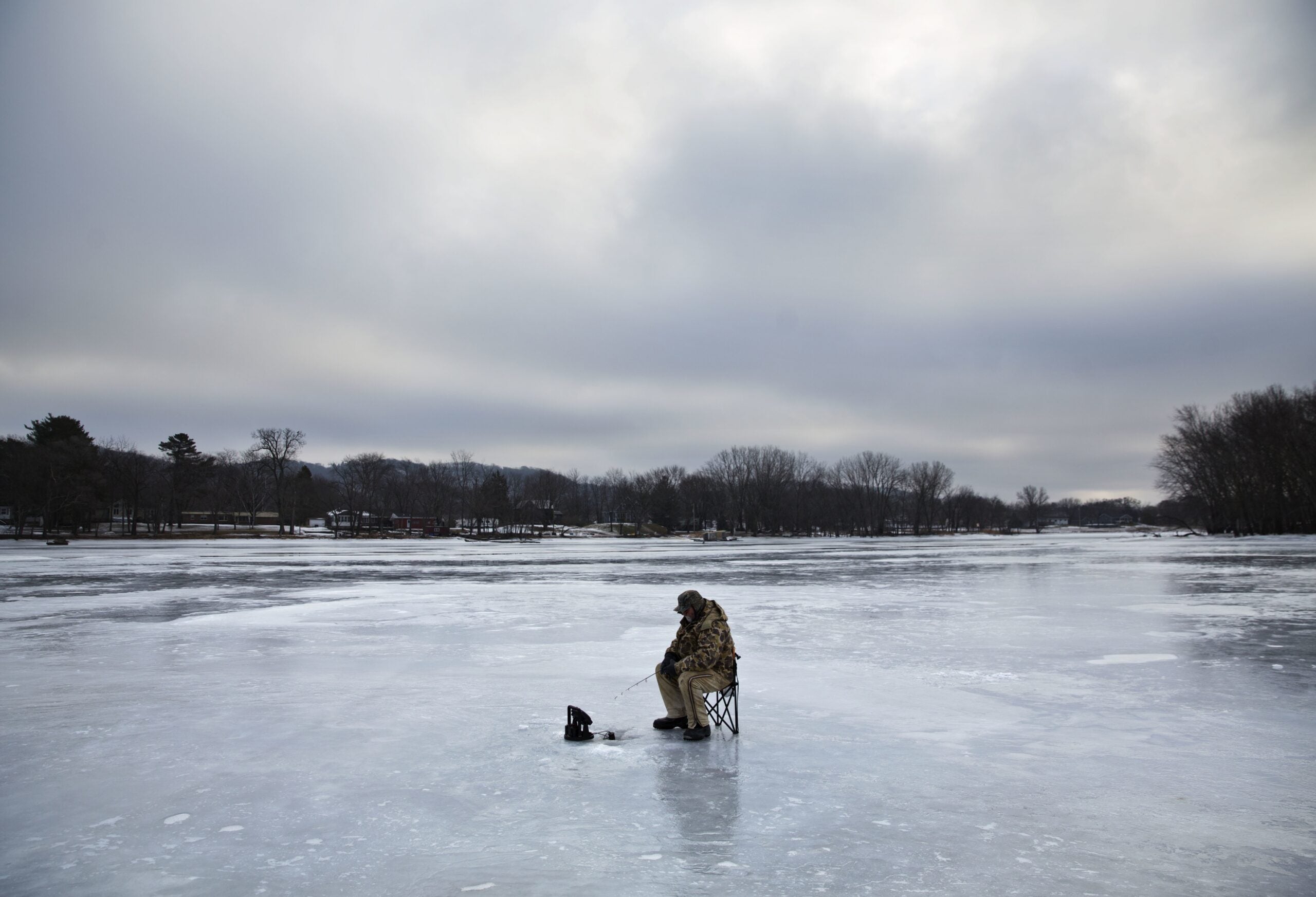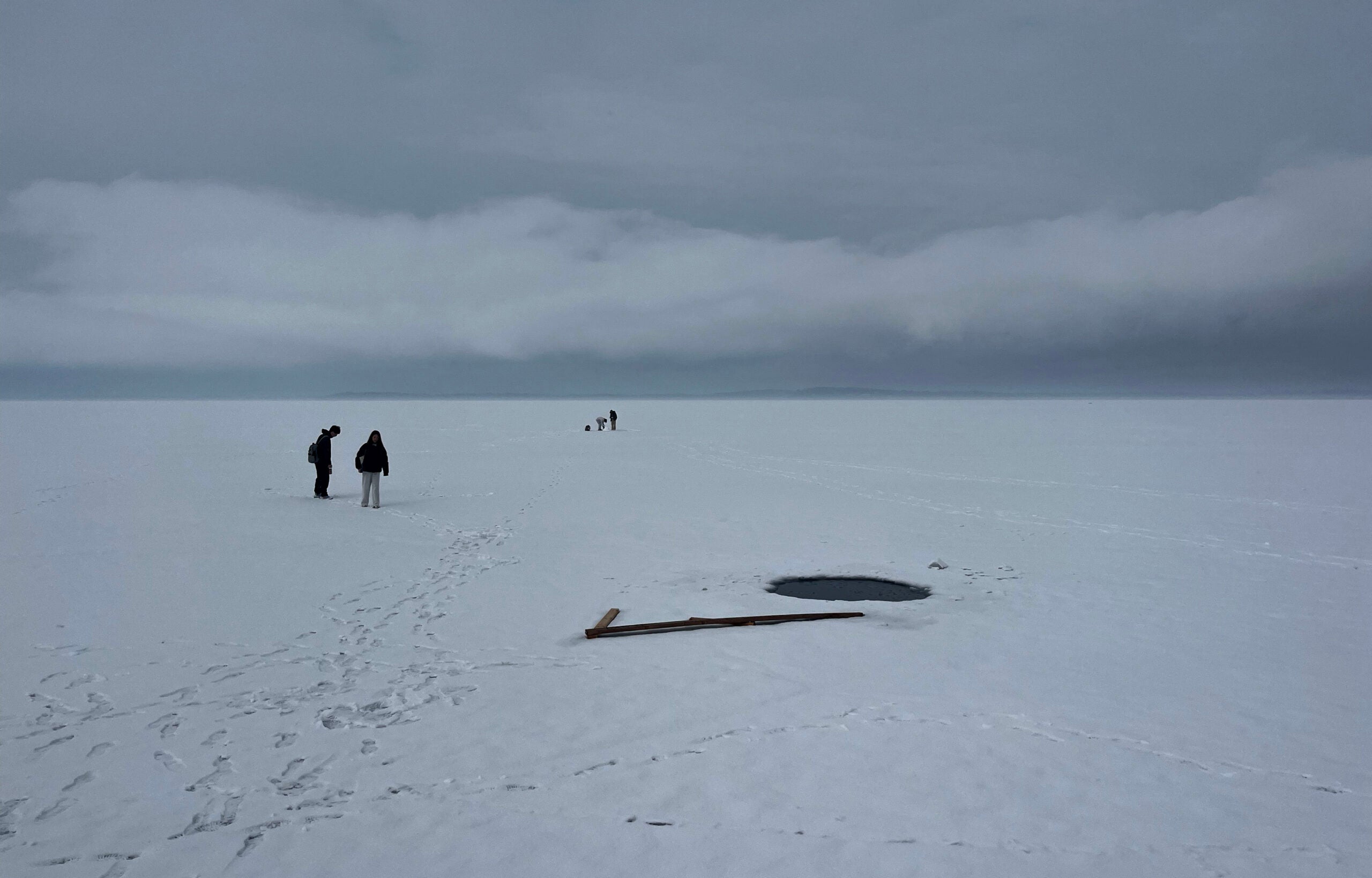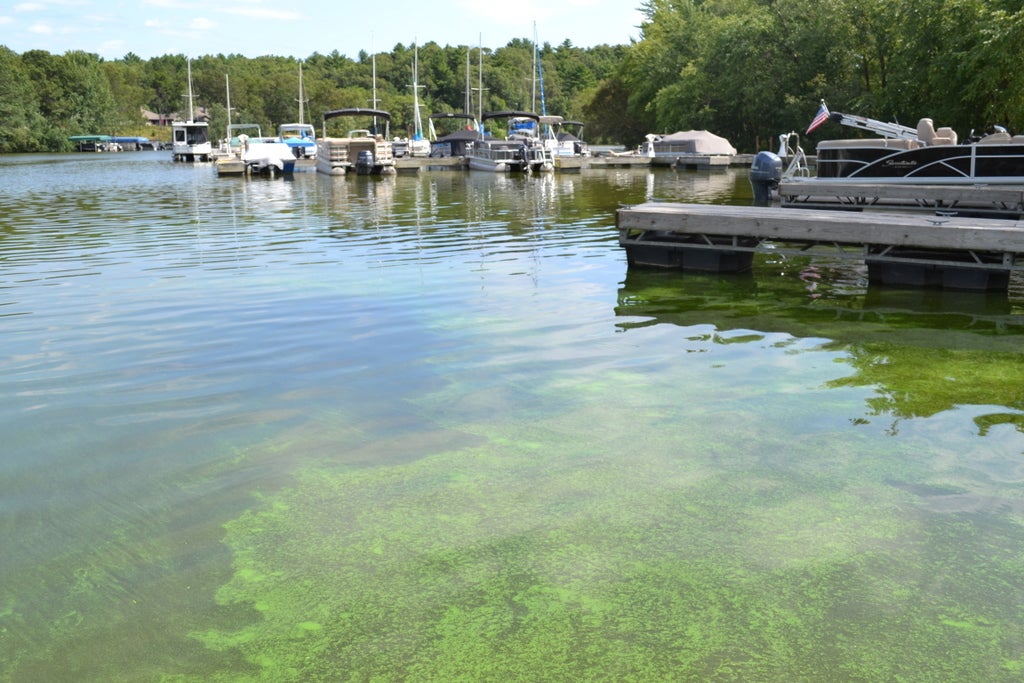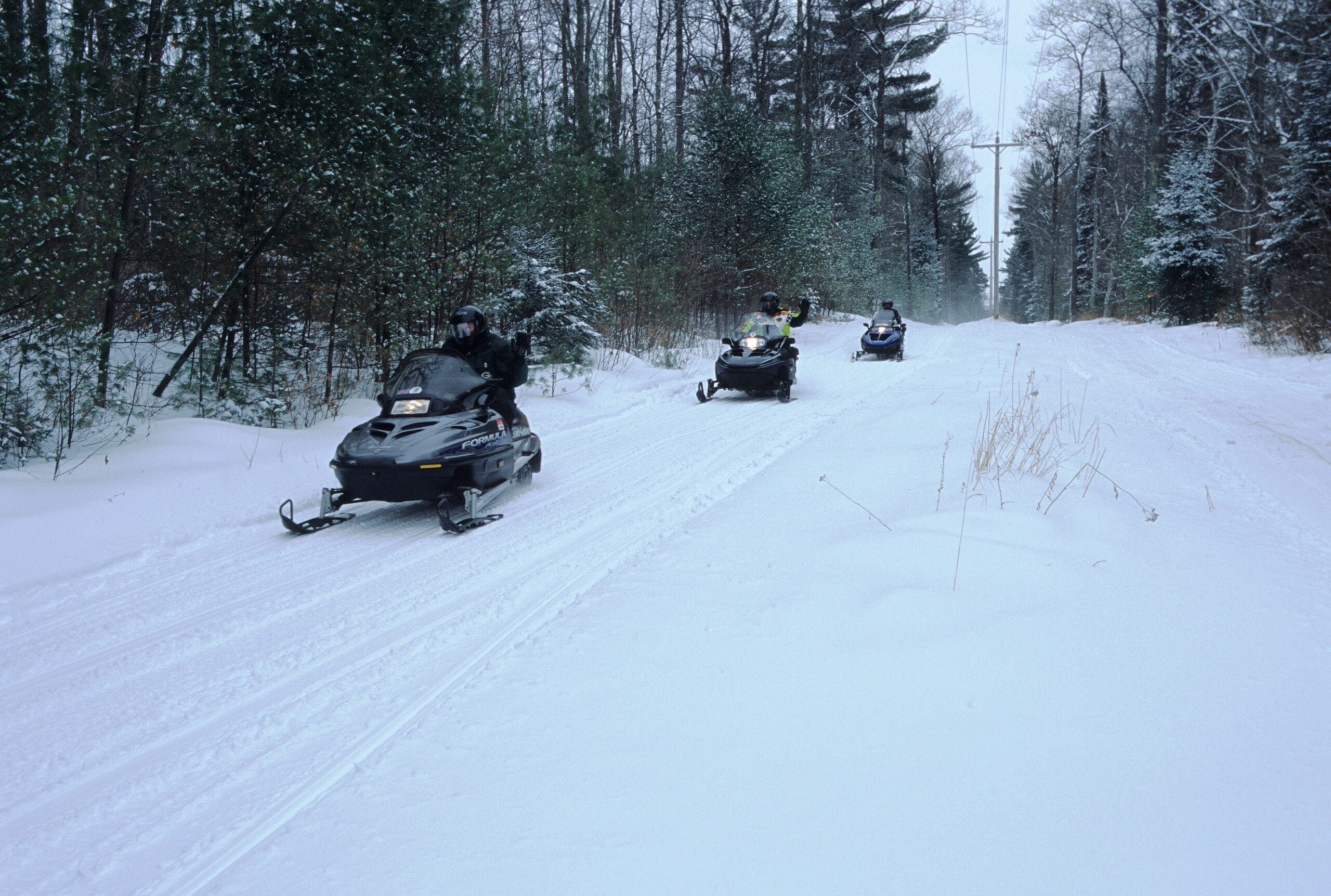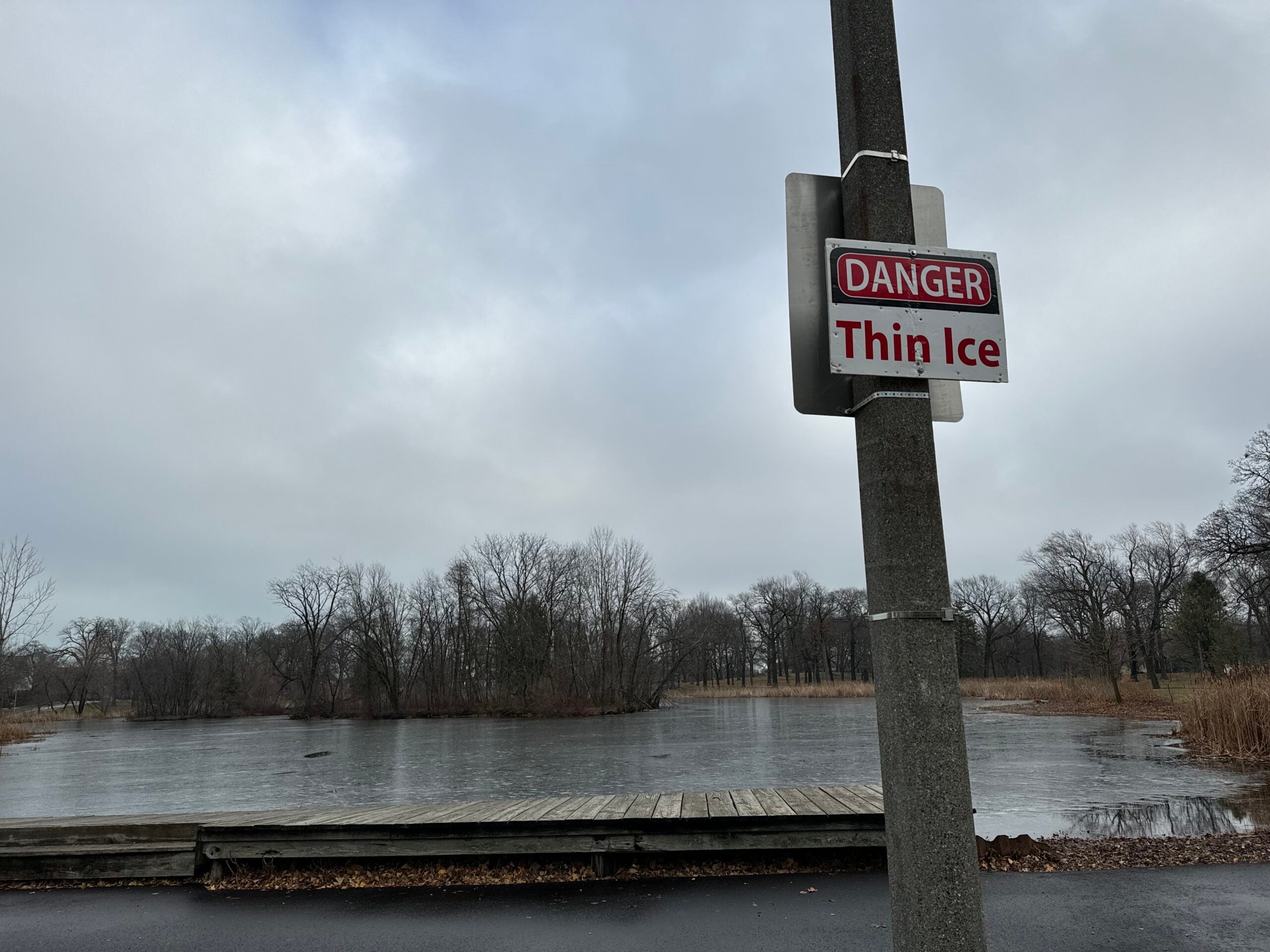How do I know if ice is thick enough for me to walk on? To snowmobile on? To drive on? Who can I look to for that information?
These were all questions WPR’s WHYsconsin received from Jennifer Dargan, a Madison resident interested in the answers because of where she grew up.
Full disclosure, Dargan is an employee of Wisconsin Public Radio. But she has wondered about this for years.
News with a little more humanity
WPR’s “Wisconsin Today” newsletter keeps you connected to the state you love without feeling overwhelmed. No paywall. No agenda. No corporate filter.
She grew up on an isthmus in Ontario, Canada. When the lakes froze over she and her family would hop on a snowmobile and ride across to get to places they needed to go.
She never saw her parents test how thick the ice was, and she wonders how they knew it was safe.
“When I was a kid I never thought about it,” Dargan said. “My parents just knew when it was (safe); and I would follow their lead, and I wouldn’t walk on it until they did.”
Dargan’s initial question to WHYsconsin was: Are there any official sources in Wisconsin who will tell you if a particular lake has thick enough ice to walk on or drive on?
The Wisconsin Department of Natural Resources doesn’t track ice thickness for any bodies of water in the state. The reason is that locals know it best, said April Dombrowski, section chief of the Recreation, Safety and Outdoor Skills section with the DNR’s Bureau of Law Enforcement.
Ice conditions can change in a matter of hours, Dombrowski said, and local bait shops, fishing or snowmobile clubs, resorts and outfitters are going to have that information at their fingertips. So if you can’t check the thickness of the ice on your own, you should check with one of these local resources before heading out on the ice.
“That information has to come from the local level where, you know, it’s kind of boots-on-the-ground and it’s in their backyard,” Dombrowski said.
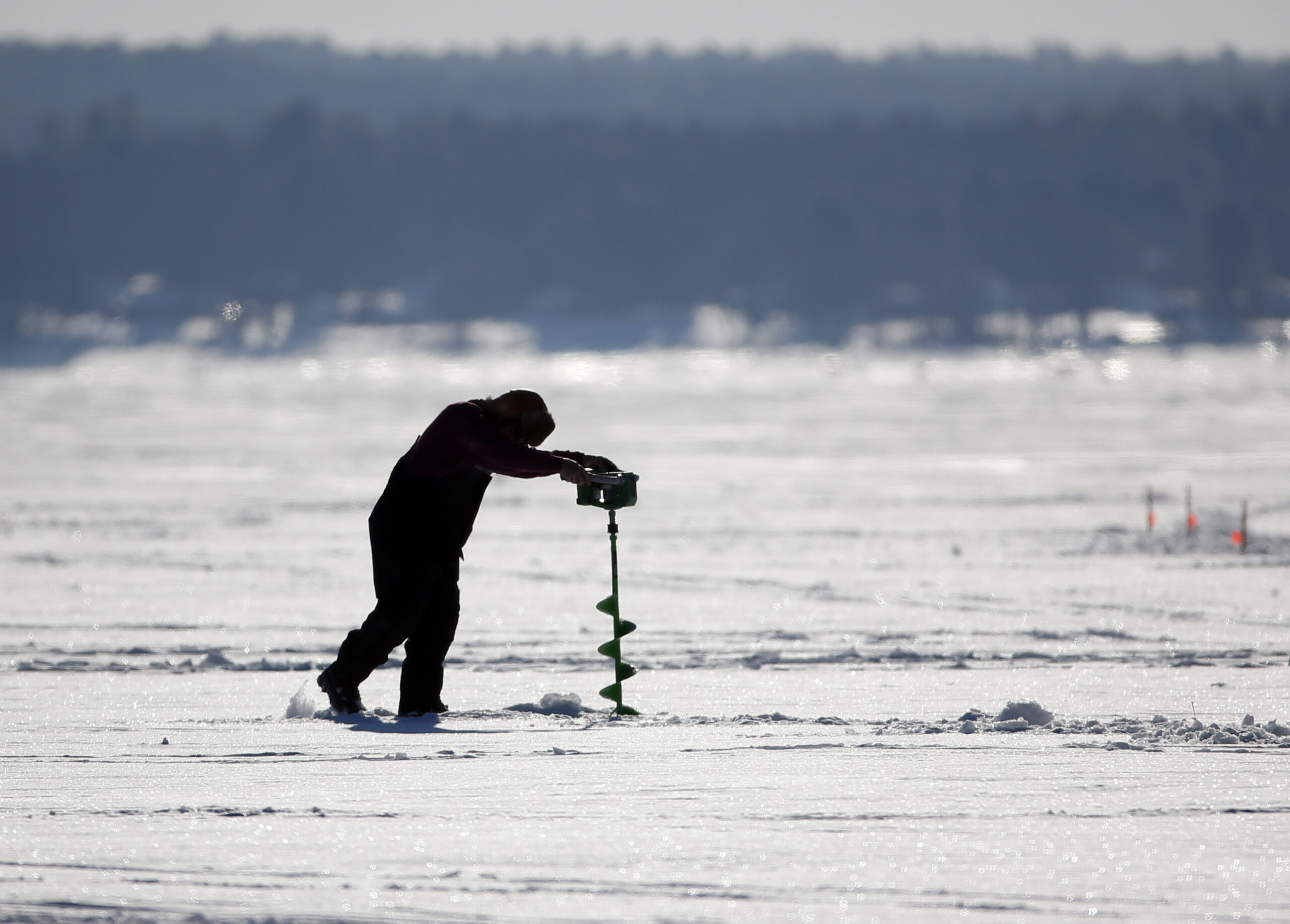
These places have the most up-to-date information and will also be able to tell you if there is a particular part of the lake or river that is dangerous or hasn’t quite frozen deep enough for recreating.
Ice thickness isn’t the same across an entire body of water, Dombrowski warned, and locals are going to know about springs or currents that impact ice formation.
Dombrowski was a warden in the Oshkosh and Lake Winnebago area where snowmobile and fishing clubs are plentiful. Those clubs know the lake’s history and nuances, she said, and share information with locals and visitors about changes in the ice or spots to watch out for. Locals may know where to go for the most up-to-date information, so if you’re visiting, do your homework ahead of time on whom you can contact.
So what is the recommended thickness for people, snowmobiles, all-terrain vehicles, pickups, etc.?
The DNR has this motto: No ice is safe ice.
There are too many variables — like the wind, current and temperature — to give out a safe minimum ice thickness for different weights, Dombrowski said, again adding conditions can change quickly.
In neighboring Minnesota, the state’s DNR does have recommended minimum ice thicknesses, but it also shares the same warning as the Wisconsin DNR: the only way to know the thickness of the ice is to check for yourself.
“It really, really comes down to common sense and to not really make any assumptions that it’s always going to be OK,” Dombrowski said.
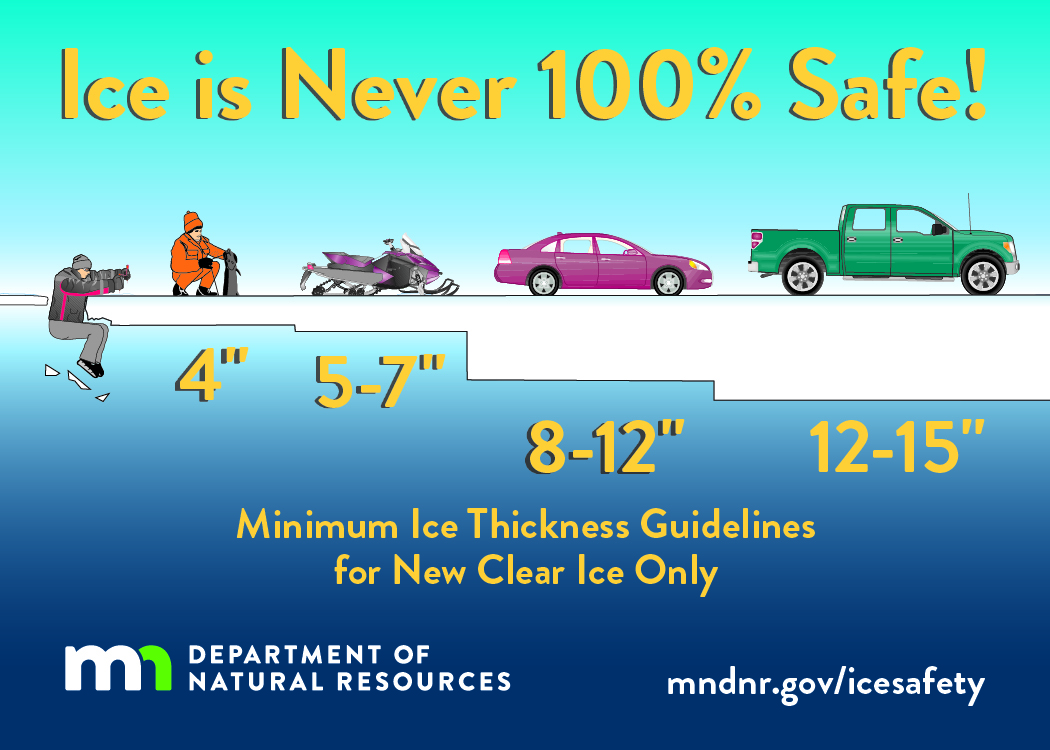
While living in Wisconsin, Dargan sometimes goes on the ice when she sees “a good number of people walking” on the lakes.
“If I see one or two or if it’s just people ice fishing, I won’t go because I just don’t feel confident in that,” Dargan said.
Dombrowski said it’s an individual choice if you want to follow the pack. While a swath of the ice may have been safe in the morning, the sun or wind may have opened a crack or shifted the ice to create a giant hole a few hours later, making the trail left behind earlier unsafe.
Facts to know before you go, according to the Wisconsin DNR:
- Avoid inlets and outlets that have a current because that can make the ice thin.
- Clear ice is thicker than ice with bubbles in it or with snow on it.
- Just because you see someone on the ice, doesn’t mean it’s safe. Do your due diligence and get the facts yourself.
- Don’t be on the ice alone. If you are planning to go out and ice fish, snowmobile, ski or snowshoe on the ice solo, make sure people know where you’re going, when you’ll be back, and, if possible, bring a cell phone.
- If you’re going out on the ice at night, slow down. Even if you are familiar with your surroundings, things can look a lot different at night. Headlights and flashlights don’t project very far. Taking it slow allows you to better see any possible dangers.
- Read this so you know what to do if you fall through the ice. Remember, if you fall through the ice, crawl back out of the water the same direction you walked or rode because you know that ice is safe. One of the most important things to do in this situation is to remain calm because that saves you valuable energy.
This story came from an audience question as part of the WHYsconsin project. Submit your question at wpr.org/WHYsconsin and we might answer it.
